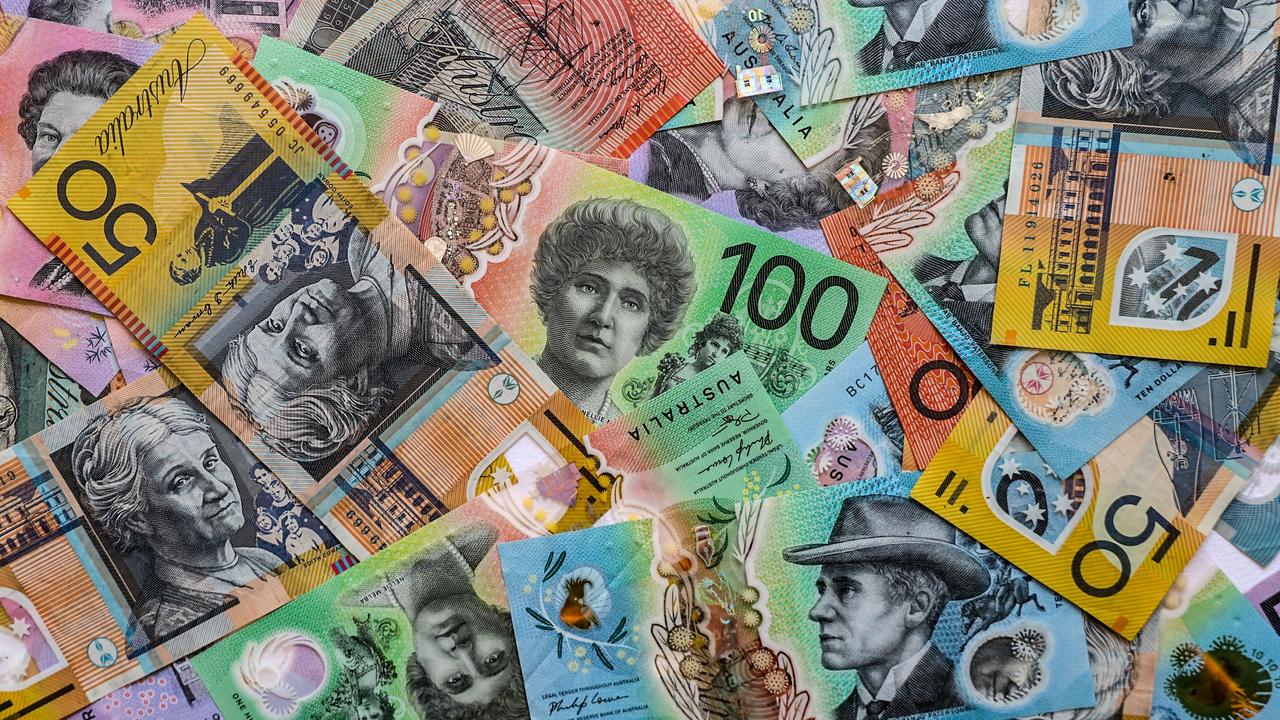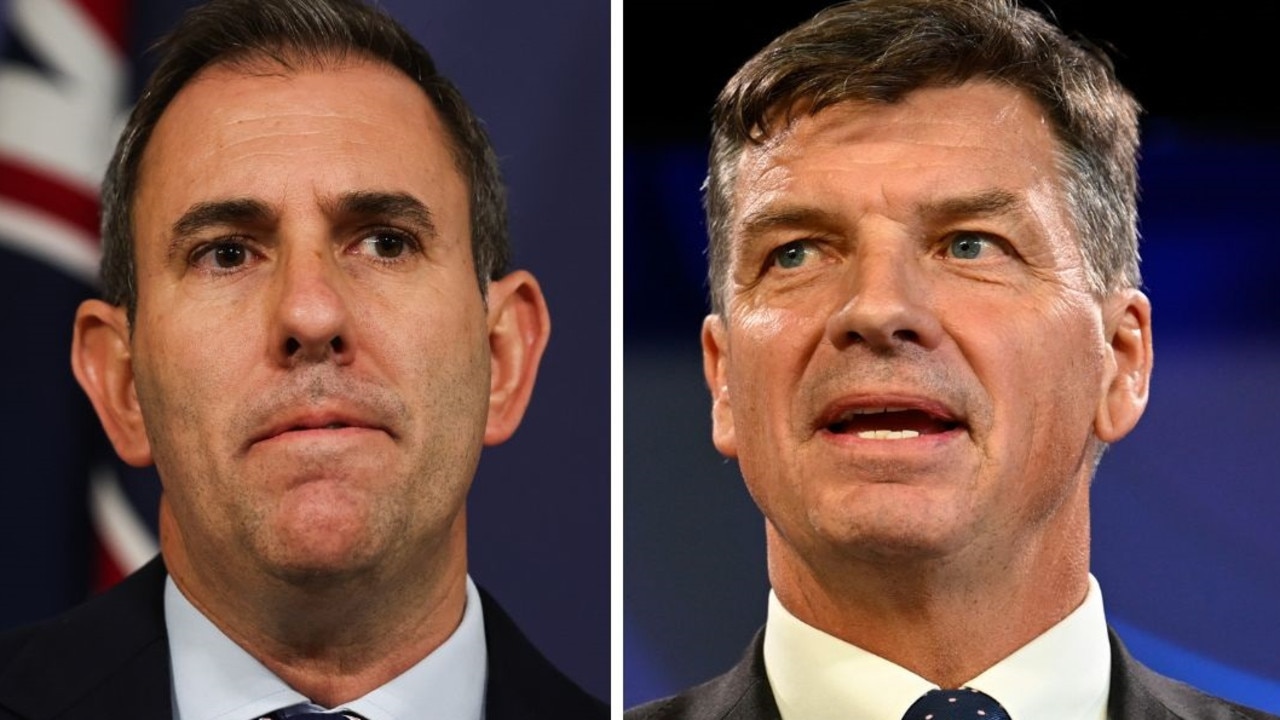Budget 2022: Everything we know so far ahead of Josh Frydenberg’s March 29 budget
All the pre-election budget announcements will be revealed on Tuesday, but some promises have already been made. Here’s everything you need to know.

With Australia’s unemployment rate at its lowest since 2008 and the country largely adjusted to a sense of Covid-normal for the first time in two years, Tuesday’s budget is likely to be a big push to spend post-pandemic household savings.
However, that’s likely to have become complicated in the final hurdle of putting the all-important pre-election budget together, given the war in Ukraine contributing to rising petrol prices and the surging cost of living.
The government is facing pressure to lend a hand to Australians struggling to make ends meet, given inflation was up 1.3 per cent in the last quarter of 2021 to reach an annual rate of 3.5 per cent.
Meanwhile, wage growth in that same quarter was just 2.3 per cent.
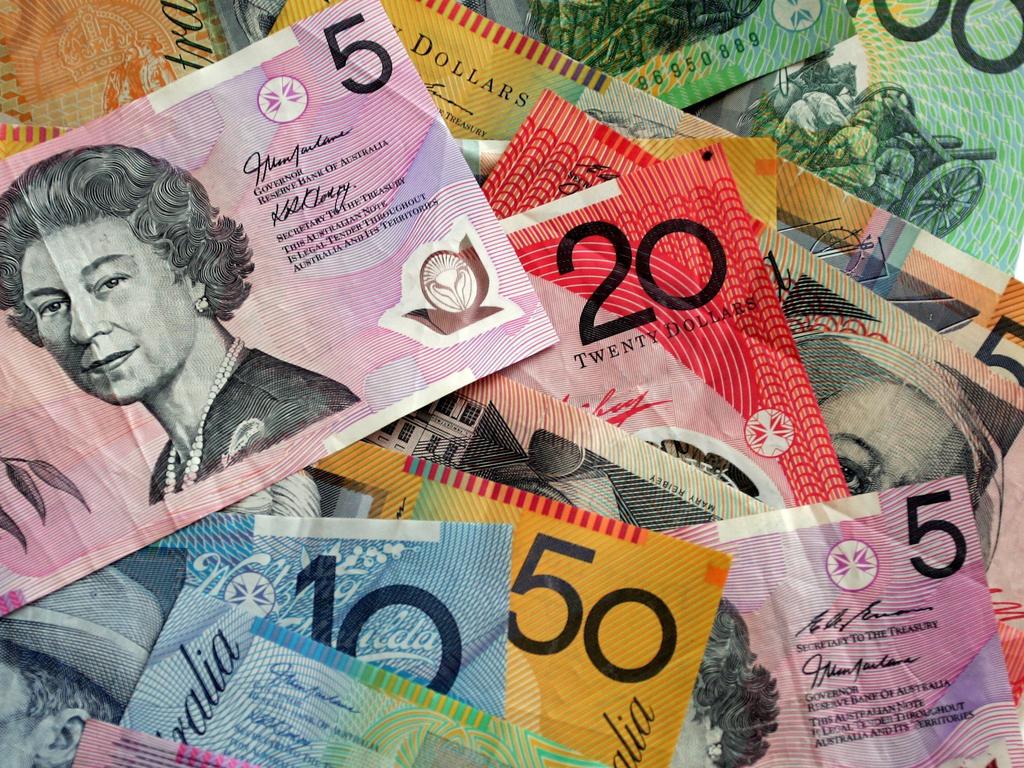
Adding to some concern is the possibility the Reserve Bank could raise interest rates from its record low of 0.1 per cent earlier than expected.
Already, it’s been announced some income support recipients – including aged pensioners – will benefit from a one-off cash bonus of $250 within weeks.
Additionally, self-funded retirees will benefit from an additional year of the 50 per cent reduction in minimum drawdown requirements.
So far, the government has remained tight-lipped over whether it will expand the Low and Middle Income Tax Offset for another year.
But, there have been some clues as to whether Australia will reduce its fuel excise – which currently sits at 44.2 cents per litre – temporarily to provide some relief at the bowser.
The budget is expected to reveal huge spending on defence amid the war in Ukraine and mounting tensions in the Indo-Pacific.
Infrastructure projects will also receive billions of dollars to help get more Australians into work.
Economists predict this budget’s deficit will be slightly better than the $98.9bn estimated in the Mid Year Economic and Fiscal Outlook.
Meanwhile, debt is edging towards $1 trillion – 45 per cent of the GDP.
The government is expected to maintain its tax-to-GDP ratio at or below 23.9 per cent.
There’s likely to be a few big announcements to come from Treasurer Josh Frydenberg on Tuesday, but the government has already announced a string of cash-splashes in the lead up to the budget and the starting gun of the May election.
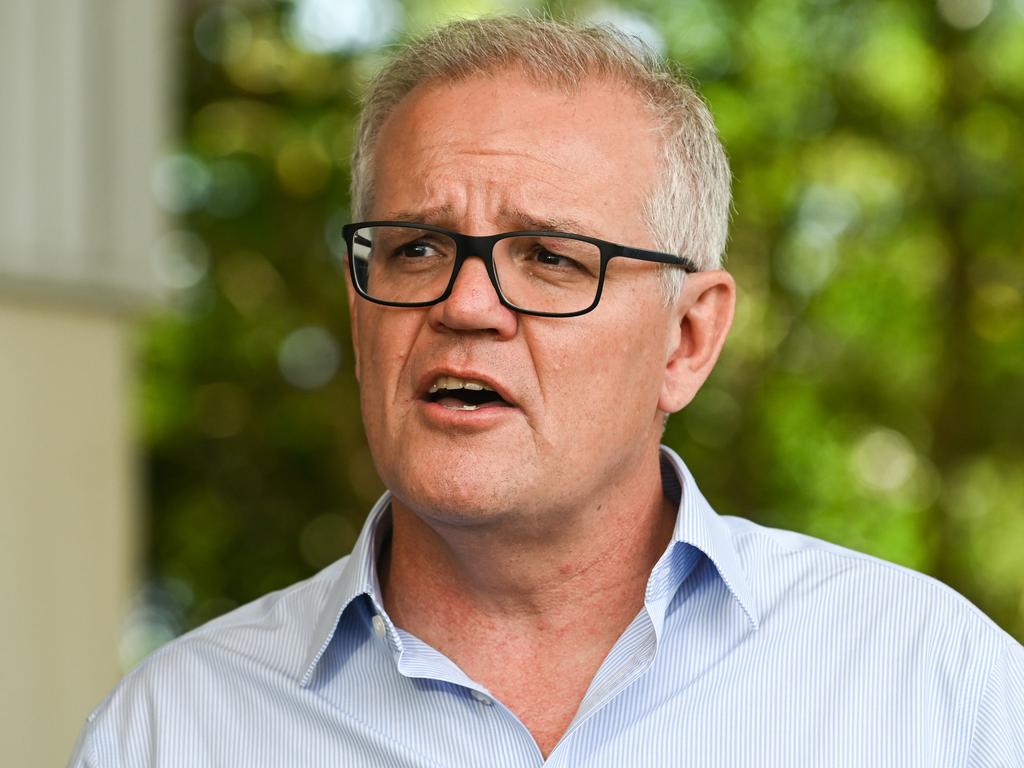
Here’s what we know so far.
Childcare:
Childcare costs have continued to rise, but subsidy changes have been brought forward from July 1 to March 7.
The $1.7bn program means an expected 250,000 families will be $2200 a year better off.
The government hopes this will get more parents back into work, and will cost $224m this financial year and $670m a year ongoing.
The government has announced an additional $40m in funding over the next four years for preschoolers. Children in all states and territories will have access to 15 hours of preschool a week, worth $1340 per child.
Defence:
With the war in Ukraine and mounting tensions with China, Australia’s defence spending is expected to soon reach $50bn a year, or 2.2 per cent of GDP.
Defence Minister Peter Dutton on Thursday announced an $875m investment in 234 Defence projects across the country, involving upgrades and sustainment works across major sites, as part of the plan to continue to strengthen the nation’s sovereign defence capability.
The government has committed $10bn over two decades for an east-coast submarine base in either Queensland or NSW, with the final location still to be determined.
In the background, Australia is launching its biggest military expansion in four decades, with a $38bn investment out to 2040 to recruit 18,500 new defence force members.
So far, $105m has been committed to supporting Ukraine amid the ongoing war – including $70m in mostly “lethal aid” such as missiles and ammunition, and an additional $35m in humanitarian assistance.
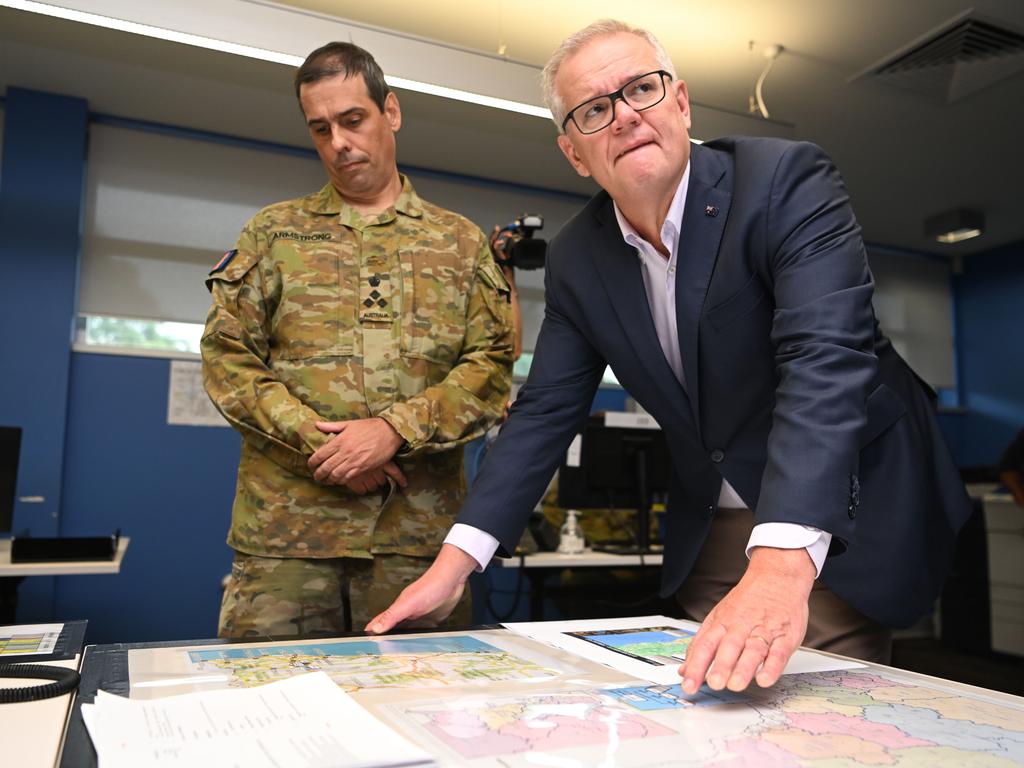
In the west, $4.3bn will be spent to deliver WA’s first large-vessel dry berth, which will be used to build and maintain large naval vessels and support commercial shipbuilding.
The Northern Territory will benefit from a $282m spend on 34 capability projects, maintenance and servicing work.
An extra $13.7m will go towards expanding Kookaburra Kids into more regional areas to support the mental health of children of veterans and service personnel.
Education/ Skills/ Technology:
The government will invest $65m to Australia’s booming space sector, which it hopes will lead to local jobs, groundbreaking technologies and new businesses.
Over four years, $1.2bn has been promised to expand the Transition to Work employment service for disadvantaged youth.
The government will also invest $46.8m over four years to ReBoot, a new pre-employment program which will benefit 5000 young people aged between 15 and 24.
Apprenticeships and traineeships are being promulgated by the government this budget, with a $465.3m announcement that will support an extra 35,000 into a job.
An economic accelerator worth $1.6bn will turn leading research into “world-beating” businesses.
For the classrooms, about $3.5m will be provided to the Australian Education Research Organisation to develop materials for teachers to better engage their students and achieve focused, positive and supportive classroom environments.
And, in a pledge that bridges technology and environment, the Morrison government will invest an extra $60m to the Recycling Modernisation Fund, with an aim of developing new technology that tackles “problematic plastics”, like bread bags and chip packets.
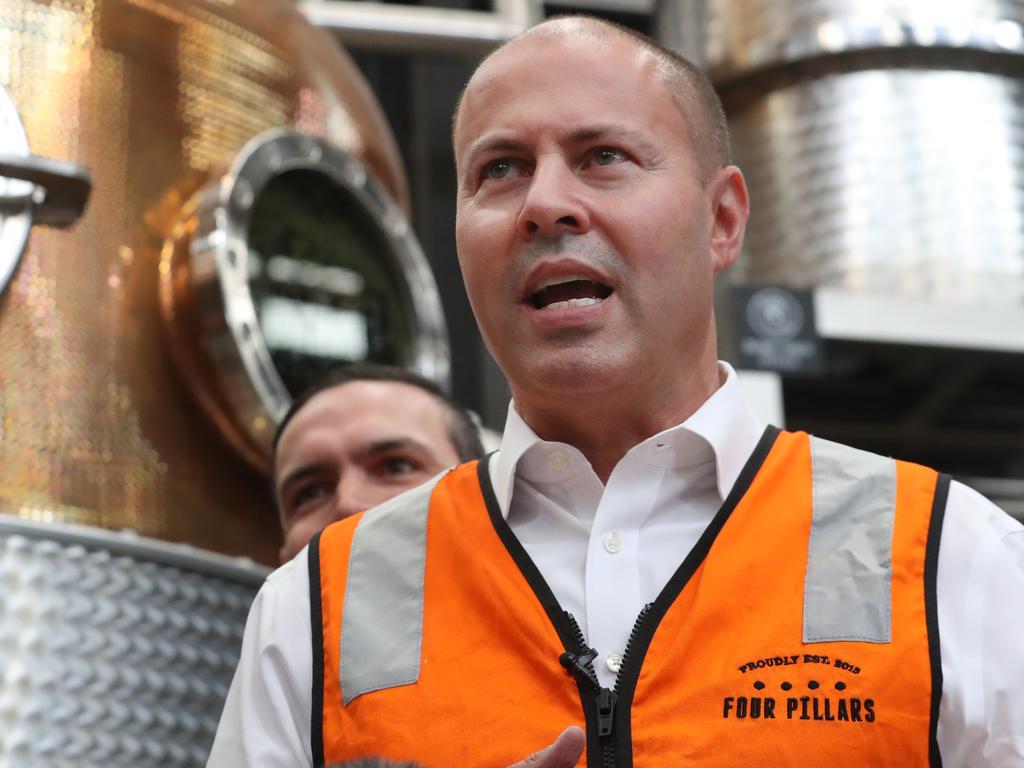
Environment:
The government last month announced a major $800m deal over 10 years for strategic and scientific research and exploration in Antarctica.
On home soil, an extra $1bn over nine years has been pledged to protect the Great Barrier Reef, through investing in water quality, reef management and species protection.
Another $63.6m was committed this week to bolster the scientific capabilities of the Australian Institute of Marine Science.
As part of the government’s commitment to get to net-zero by 2050 through “technology not taxes”, tax concessions have been announced for farmers who sell Australian Carbon Credit Units and biodiversity certificates, with an estimated benefit of $100m over four years.
Elsewhere, Tasmania’s forestry industry will benefit from $86m in support, and the long-term protection and recovery efforts for Australia’s koalas will be bolstered by $50m over four years.
Infrastructure:
All states and territories will benefit from the government’s $17.9bn cash splash on infrastructure spending.
Queensland is the biggest winner, receiving $3.9bn towards 43 new projects and five pre-existing. NSW and Victoria will receive $3.3bn a piece for dozens of projects.
South Australia will receive $2.8bn, WA $2.1bn, Tasmania $639m, the NT will get $361m and the ACT $51m.
Notable pre-budget announcements include a $2.26bn commitment to complete Adelaide’s North-South Corridor in partnership with the South Australian government.
A tri-state $678m investment dedicated to sealing the Outback Way will mean southern WA is connected to far-west Queensland.
The NT is set to receive $124m of this, WA $400m and Queensland $154m.
Regional bridges across the country will be upgraded as part of a $40m plan to keep freight moving and supply chains open over the next four years. Regional airports will also be given $27m for their upgrades.
Seven priority gas infrastructure projects have been identified, which the government has pledged $50.3m to accelerate.
In Queensland, $5.4bn was this week committed to fund Hells Gate in the state’s west, while down south, the federal government will put $667.8 towards the $1.8bn City Deal made with the state government and local councils, which will be instrumental in preparing the south east for the 2032 Olympics.
The Perth City Deal has been bolstered by an additional $49m to go towards building Edith Cowan University’s new inner-city campus and the Swan River bridge.

Health:
Over four-year forward estimates, Medicare is expected to cost around $126bn.
In the wake of the Covid-19 pandemic, health spending is likely to continue to be high on the agenda.
A 10-year strategic partnership between the federal government, Moderna and the Victorian government to produce 100m Australian-made mRNA doses has been announced, as part of the $1.5bn Modern Manufacturing Strategy.
A record $58m in funding was announced on Friday, to support 800,000 women suffering from endometriosis. The money will go to improving diagnosis and primary care support for the disease.
The government has also pledged $81m in funding for Medicare-backed free pregnancy testing for three serious genetic conditions: spinal muscular atrophy, cystic fibrosis, and for fragile X syndrome.

The Pharmaceutical Benefits Scheme will be expanded to include a “lifesaving” cystic fibrosis treatment drug, Trikafta.
A $51.2m commitment to fund local cancer drug development has been announced, as has $2m over two years to fight motor-neurone disease through funding research and development of new treatments.
A $375m new landmark cancer facility will be built in Perth, which Mr Morrison said would “transform care and support” for West Australians and potentially save thousands of lives. The facility will include 10 operating theatres, intensive care units, hundreds of overnight rooms and cater for onsite cancer research.
Over four years, $315m will be spent on extending the National Ice Action Strategy, with an extra $27.9m put aside to support other critical drug and alcohol treatment projects.
Mental Health:
An additional $52.3m will be put towards Lifeline Australia over the next four years, which the government anticipates will help the organisation meet the growing level of demand for its support services.
Under state-based deals to target mental health and suicide prevention, $383m will be spent over five years for support and services in NSW. South Australia will get $128m and the NT $43m.
Young people with severe and complex mental illnesses will benefit from the $206.5m announced to ensure additional treatment services and support.
The Early Psychosis Youth Services will continue and be expanded as part of the government’s priority to look after mental health and prevent suicide.
Tourism:
The industry has been hit hard by almost two years of international border closures.
As a result, the government has committed $60m to bring back international visitors to the regions hit hardest, including Tropical North Queensland.
Security:
A $86.7m counter-terrorism strategy will create a national offenders register to monitor convicted terrorists once they have left jail.
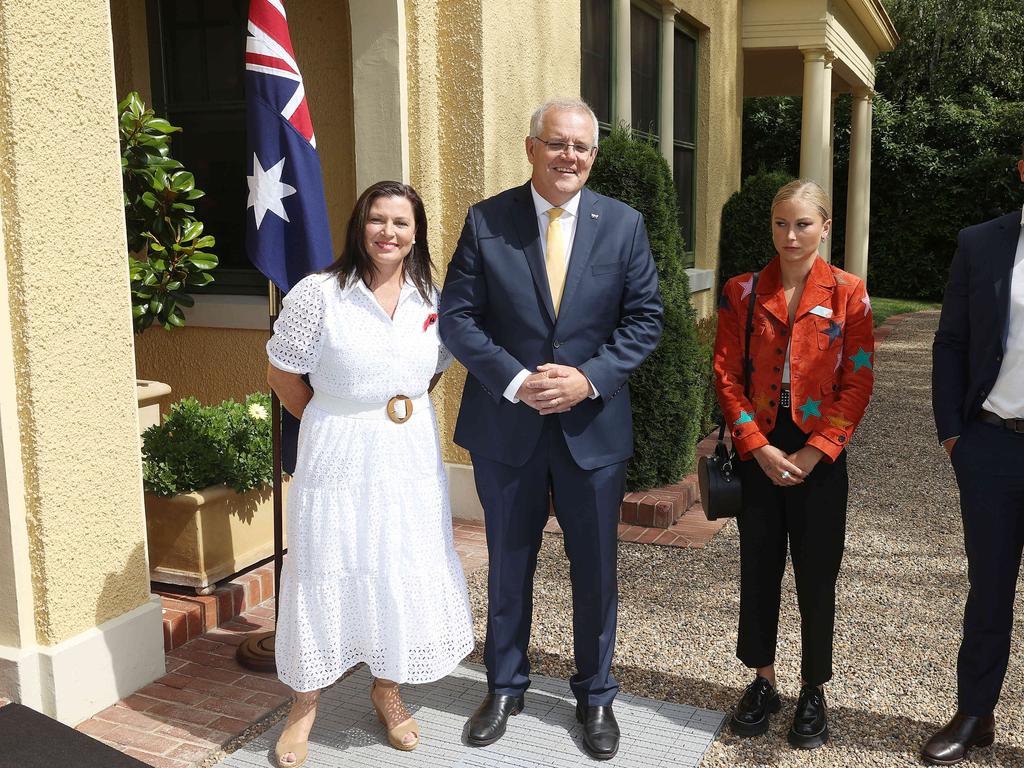
Women:
The government will spend $189m over five-years to strengthen prevention and early intervention efforts in family, domestic and sexual violence.
An additional $104m has been committed through a technology-focused package which will include trialling electronic monitoring of high-risk and persistent offenders.
NBN:
The government will give the NBN a helping hand, with an extra $480 million to boost infrastructure in regional, rural and remote areas.

